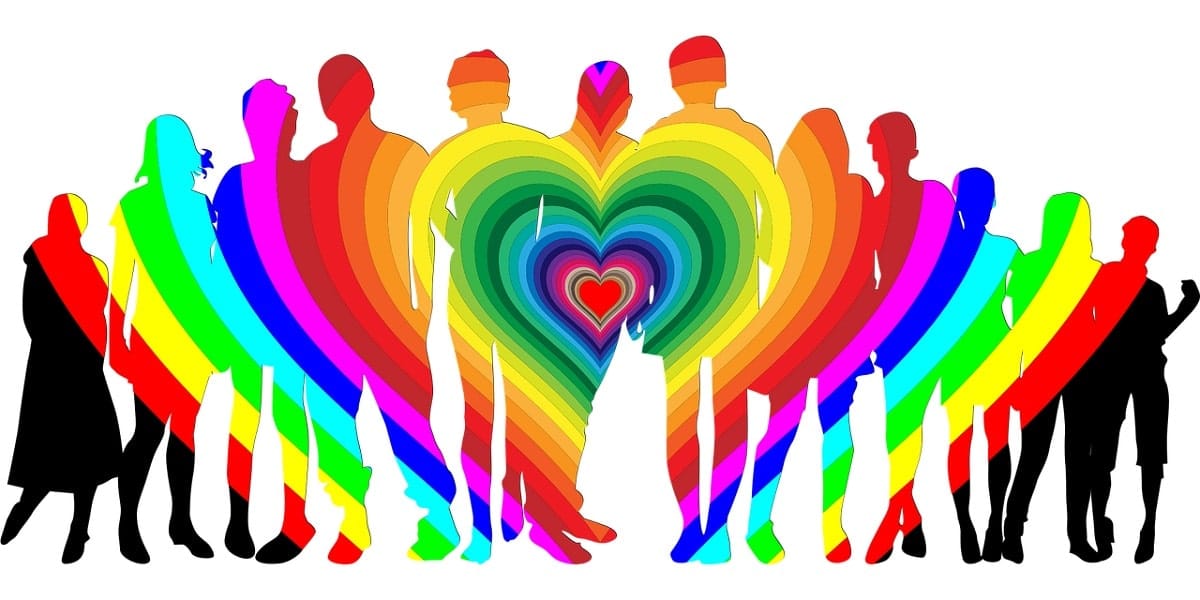Marketing and the Stereotyping
In this article, we will cover the importance of color and gender in Marketing. Keep reading to learn more.
From the moment babies are born, they are surrounded by colors deemed suitable for their gender. Girls are dressed in pink dresses, boys in blue jeans. Dollhouses and tea sets are pink and purple, while guns and monster trucks are gray and blue. And these stereotypes don’t change over time.
Many feminine products come in pink packaging, while men’s cologne is sold in sleek black boxes meant to evoke strength and masculinity. Are color and gender stereotyping effective? Let’s take a look at what colors men and women like or dislike.
Favorite Colors Among Genders
For one thing, men and women seem to like the same colors. Both genders cite blue as their favorite color, with men preferring it slightly more (57% of men and 35% of women). Both males and females also like cool colors (blue, green) better than warm colors, such as red, yellow, and orange.
In fact, the most significant difference regarding color preference was that 23% of women said they like purple, but none of the men reported this hue to be their favorite.
What About the Least Favorite Colors?
There are more differences between genders when it comes to least preferred colors, but not as many as one would think. Surveys found that brown is the least favorite color among men, whereas women dislike orange the most. Men also don’t like purple, while 17% of women stated that grey is their least favorite color.
Surprisingly, none of the female respondents mentioned red, blue, or black on the list of least favorite colors, and only a small percentage of men said that they dislike those colors.
Tints And Shades
Research suggests that men prefer achromatic colors better, which would explain why most sports cars are silver. Also, men seem to go for bold colors, while women like tints better than shaded and pure colors.
Why do women prefer tints? One theory is that they “see” more colors than men. For example, a man might say that the color of the brand is purple. Women, on the other hand, can differentiate between various shades of purple, such as grape, maroon, plum, orchid, and many more.
Which Came First: The Color Choice or the Preference?
Brands and consumers seem to be trapped in a vicious circle when it comes to gender stereotyping and marketing. Stereotypes make people think that they are meant to want a certain product, while brands market that product towards the gender that has bought it in the past.
It is for this reason that female hygiene products, such as razors, are decorated with flowers and pink sparkles, while the same products aimed for men stick to designs of black and grey straight lines.
Why is All This Important in Marketing?
When selling a product or service, marketers must make sure that the colors they use in the promotional material, digital content, and physical packaging match the identity of the brand. In other words, the colors need to “fit” what brands are selling. But, if men and women have similar color preferences, is it worth molding brands to match gender stereotypes?
Gender Fluidity is Becoming Mainstream
A shift in the way consumers see gender is taking place. More and more people are becoming open and accepting of the idea of gender fluidity and there is evidence to support this claim.
Namely, a 2017 survey found that the majority of female and over four in ten of the male respondents don’t believe in set genders.
81% of members of the Gen Z age group strongly believe that gender doesn’t define a person and 50% of Millennials see gender as a spectrum with some people simply not fitting in conventional categories.
Making Color Psychology and Gender Marketing Work for You
One way to go about it is to break stereotypes and expectations. Studies have shown that using typically male or feminine colors in advertising makes consumers feel patronized and restricted.
Also, there’s no reason why so-called feminine colors can’t work very well for products aimed at both sexes. Just look at Dunkin’ Donuts, Baskin-Robbins, and T-Mobile. Or look at Gucci, Prada, and Chanel—high-end fashion brands using elegant and sophisticated black color in their logos.
Final Thoughts
Lines between the sexes are becoming blurred and, with it, the use of gender-specific colors in marketing. Perhaps it’s time to erase those boundaries altogether and embrace gender neutrality.
About Author: With a degree in transport and traffic engineering, Marko Miljkovic is a digital marketing expert, financial enthusiast, and entrepreneur extraordinaire. He takes joy in analyzing economic trends and translating them into engaging articles. He is a fitness and nutrition expert who loves spending his free time cooking for friends, playing basketball, and enjoying his favourite 90s tunes.




2 thoughts on “Color and Gender Stereotyping in Marketing: Does It Work?”
SDK vs. API: The Key Difference Explained with Examples
Simple Tips to Protect Your WiFi Network From Hackers